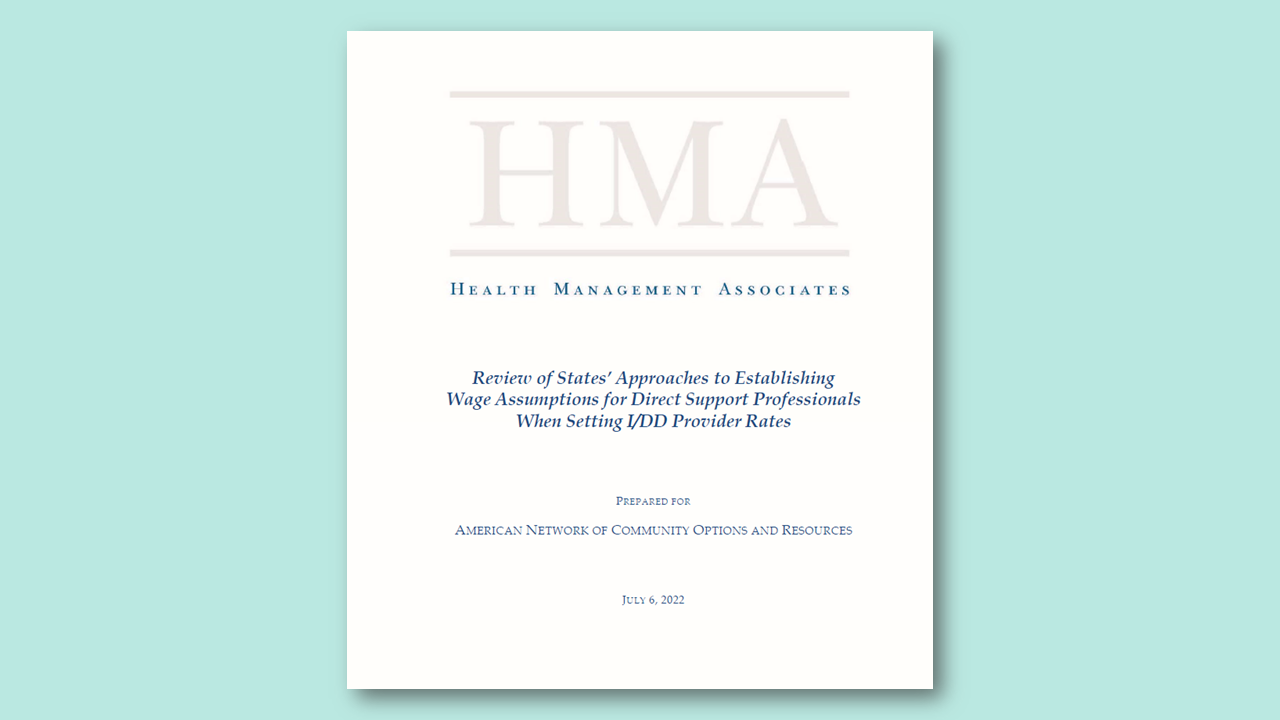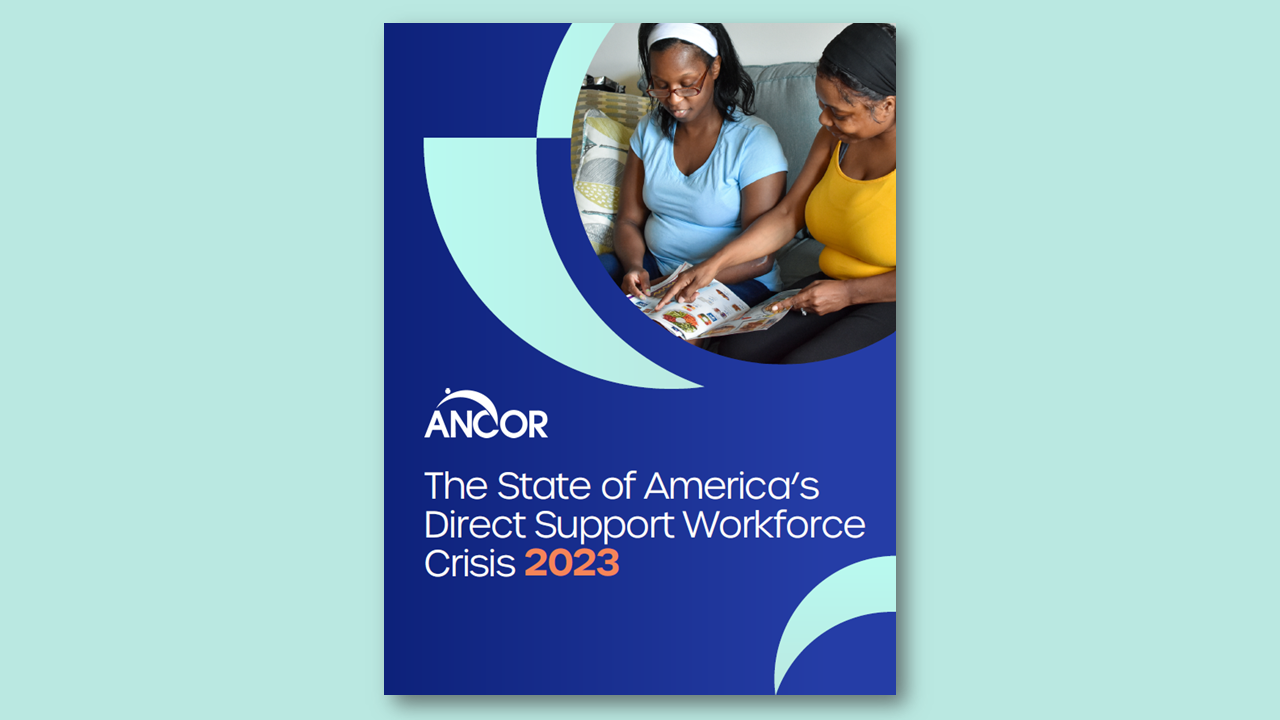Research & Reports
Review of States’ Approaches to Establishing Wage Assumptions for Direct Support Professionals When Setting I/DD Provider Rates

Share this page
Stay Informed on the Latest Research & Analysis from ANCOR
More Resources
Fact Sheets
Overtime Rule Fact Sheet
Research & Reports
The State of America’s Direct Support Workforce Crisis 2023

Comment Letters
